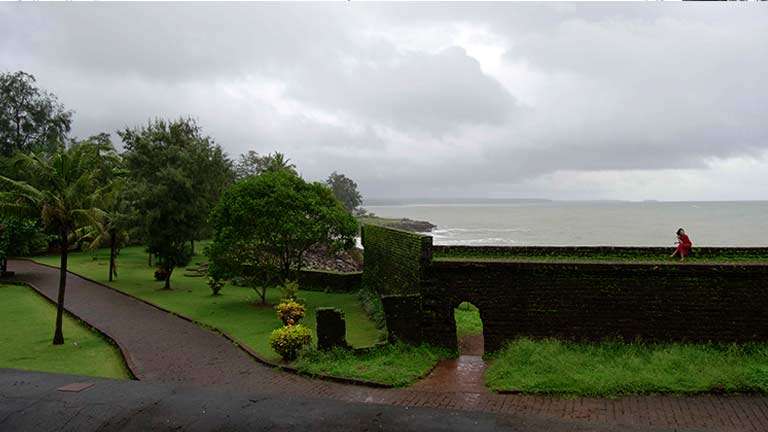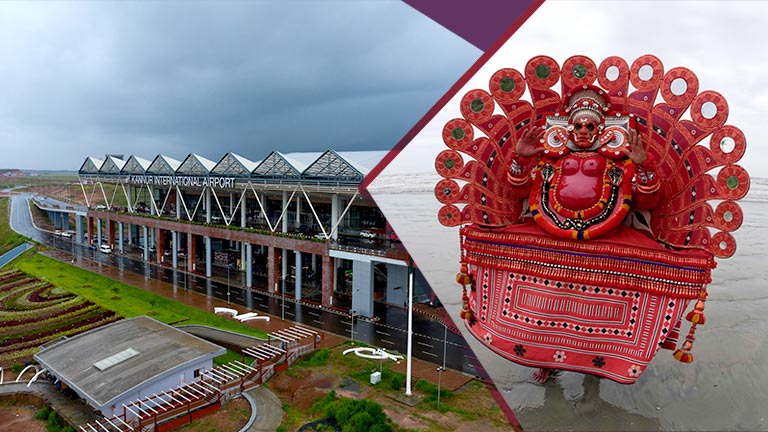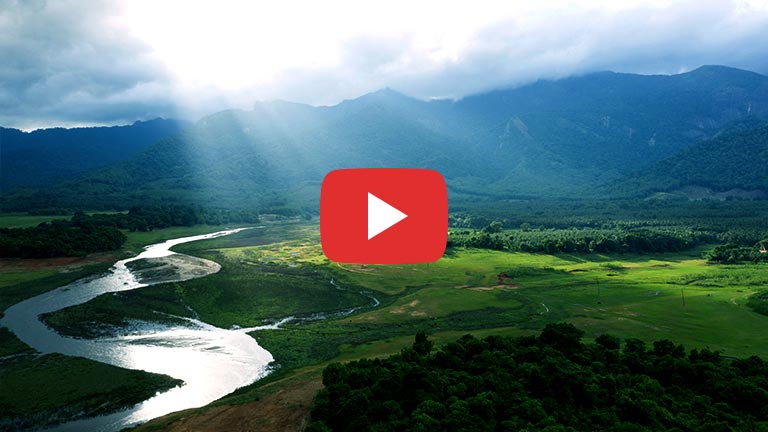St Angelo's Fort

The colossal St Angelo's Fort, which stands majestically on a hill overlooking the sea, has a significant place in the historical map of Kerala. The fort, also known as the Kannur fort, lies three kilometres west of Kannur, near the Government hospital.
Kannur's exposure to European powers began soon after Vasco da Gama's expedition to Calicut in 1498. In 1501, a Portuguese called Joao DNova set up a factory at Kannur and fortified it.
The era witnessed many disputes and gory battles among local rulers. Kolathiris, the local rulers of North Kerala were at loggerheads with the Zamorins of Kozhikode. The European powers took advantage of the situation and with the consent of the Kolathiris, the first Portuguese Viceroy of India, Francisco D. Almeida, built a fort on a cliff overlooking the sea, in 1505. The fort which was later known as the St Angelo's Fort became a strategic military base for the Portuguese navy. During the Dutch invasion of 1663, the Portuguese were defeated. The fort was captured by the Dutch, who then sold it to Ali Raja. The British later took it over from the Beevi of Arakkal in 1790.
The Arakkal family followed a matriarchal system of descent. The eldest member of the family, whether male or female, became its head and ruler. While male rulers were called Ali Rajas, female rulers were known as Arakkal Beevis. They renovated the fort and established it as their military base. Today, the fort is a protected monument under the Archaeological Survey of India.
The massive fort is triangular in shape and built of laterite. Its moat, strong and parallel bastions, ammunition dumps, underground jails and secret tunnels stand testimony to the planning and the meticulous work that went into the construction of this strategic military base.
A sea wall that projects from the fort separate the rough sea from the inland waters. Stables and an old dilapidated chapel can also be seen within the fort with cannons pointing towards the sea through the openings on the massive walls.
The fort offers fascinating views of Moplah Bay, the natural fishing bay, and of Dharmadam island in the Arabian Sea.


